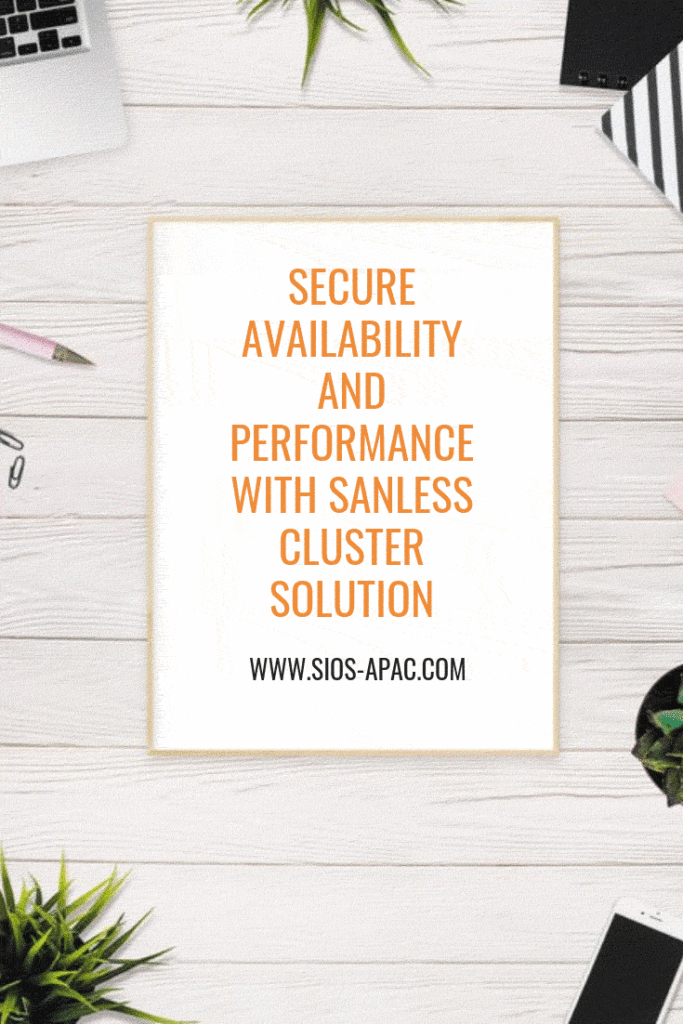Secure High Availability And Performance In The Operating Environment Using Local Disk
MT Eye achieved a SANLess Cluster solution with SIOS DataKeeper and Windows Server Failover Clustering
MT Eye provides a variety of content services that are closely related to daily lives, including “music.jp” and “Lunarna”. Shared storage is critical to support their operation. However, each site had different storage requirements. And as shared storage provides one setting only, problems quickly surfaced.
The company switched to an operation system based on the local disk of each site. Under this new environment, the company aimed to secure the same availability as a cluster solution that does not require shared storage.
Switch From Shared Storage To Using Local disk For SANLess Cluster Solution
MT Eye mainly engages in content distribution services that makes everyday life happy and convenient. Their products range from entertainment to lifestyle information and health care.
Shared storage has been positioned as the center of IT infrastructure that supports the operation of various services. By allocating the volumes required by each site from the shared storage, the company enjoyed a cost-effective and efficient operation.
However, issues from the operation system gradually arose over the years. MT Eye was forced to make a big decision as their operational shared storage no longer had any maintenance service. Hiroyuki Okawa of foundation system division explained that there is no guarantee that their current IT system would run well even if they purchased a new shared storage. Also, they were running a risk where they might incur high cost to operate certain sites. Hence, Mt. Eye stepped up to operate a local disk for each site. Unfortunately, this also did not prove to be smooth sailing. Even if it is a local disk, it is necessary to maintain the same availability level as shared storage, and performance level must be upheld.
WSFC and DataKeeper Combined With Always On Ensures High Availability
In search for a solution, MT Eye first focused on using the Always On availability group, one of the functions of Microsoft SQL Server. It mirrored databases among multiple sites mutually and automatically failover in case of trouble. In order to use the Always On availability group, it is necessary to upgrade Microsoft SQL Server from Standard Edition to Enterprise Edition. To do this would result in a significant cost increase.
They found they could have a SANLess Cluster solution which used Windows Server standard failover clustering function and SIOS DataKeeper. Okawa emphasised that this way, they could continue to have Microsoft SQL Server as the Standard Edition. And yet at the same time, be assured of the same availability as the Always On availability group. It was also great to know that the cluster configuration that combines LifeKeeper and DataKeeper was already on another Linux system-based system.
Tomioka Tetsuhei of the Infrastructure Systems Department was still unsure. To ease his uncertainties, the company borrowed DataKeeper’s verification license from SIOS for testing. They assembled a cluster configuration close to the actual operation and repeated elaborate performance verification from February to March 2016. The performance deterioration was also seen when compared with the conventional system configuration using shared storage. He added that it was especially beneficial that they could pick between synchronous and asynchronous modes of replication depending on the system requirements.
Save On Data Center And Infrastructure Operation Cost
As of March 2017, MT Eye had already completed the transition to the SANLess Cluster solution for sites such as “Life Ranger Navi” (Life Information Service) and “Lunarna”. They were planning to finish the transition for the largest “music.jp” on the company’s website. With the completion, it was finally possible to provide storage resources corresponding to different requirements for each site such as performance emphasis and capacity emphasis.
If the company completely eliminated the use of shared storage, they could save on setting up a data centre. It also meant they could remove network equipment such as SAN switches from the rack together. In addition, the SANLess Clusters solution could also be migrated to major public cloud environments such as Amazon Web Service and Microsoft Azure. It could be said that the MT Eye infrastructure had acquired unprecedented agility and could respond to the demands of various sites.
To find out more about SIOS products, go here
To read about how SIOS helped MT Eye achieve SANless Cluster Solution, go here
